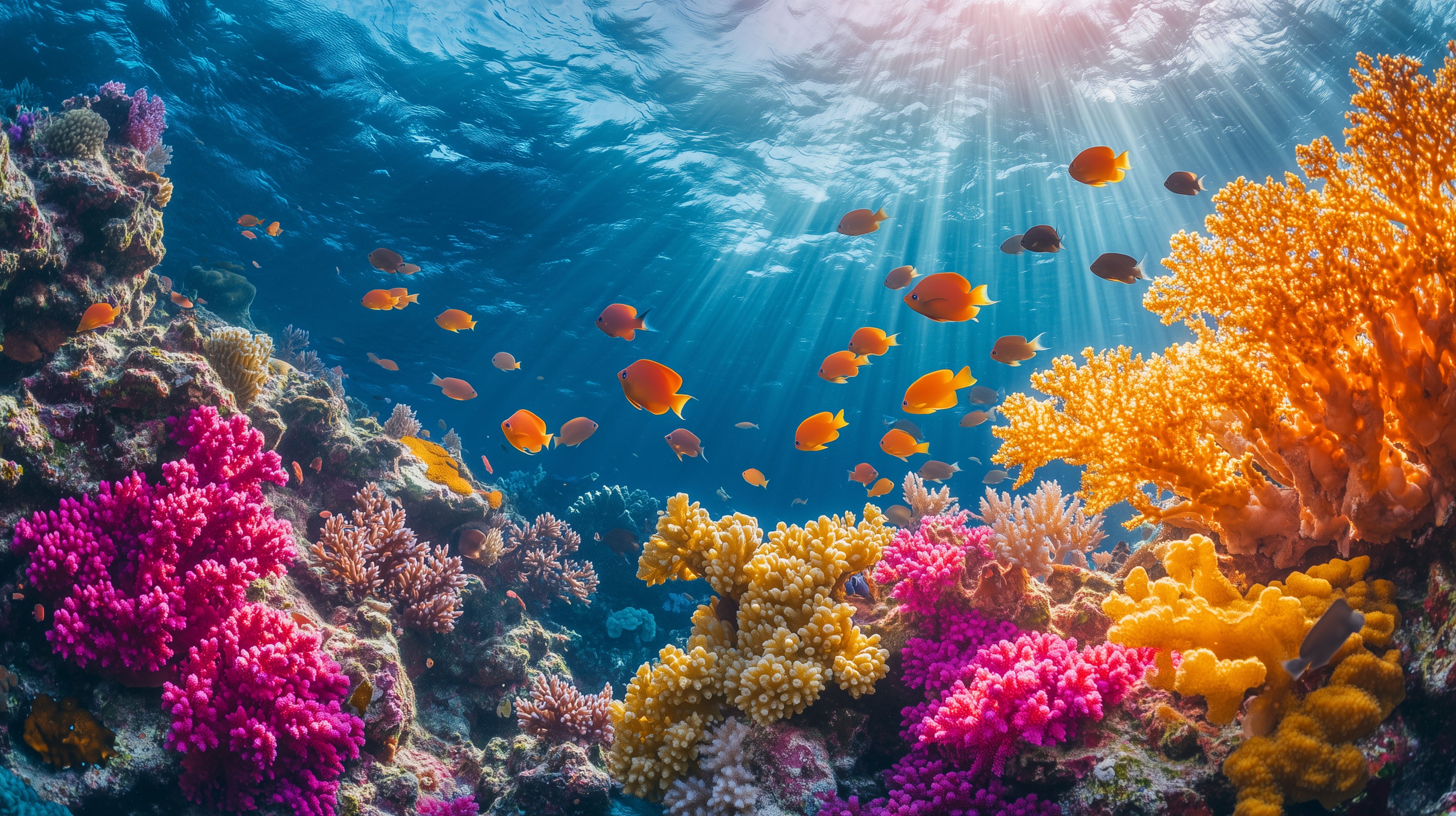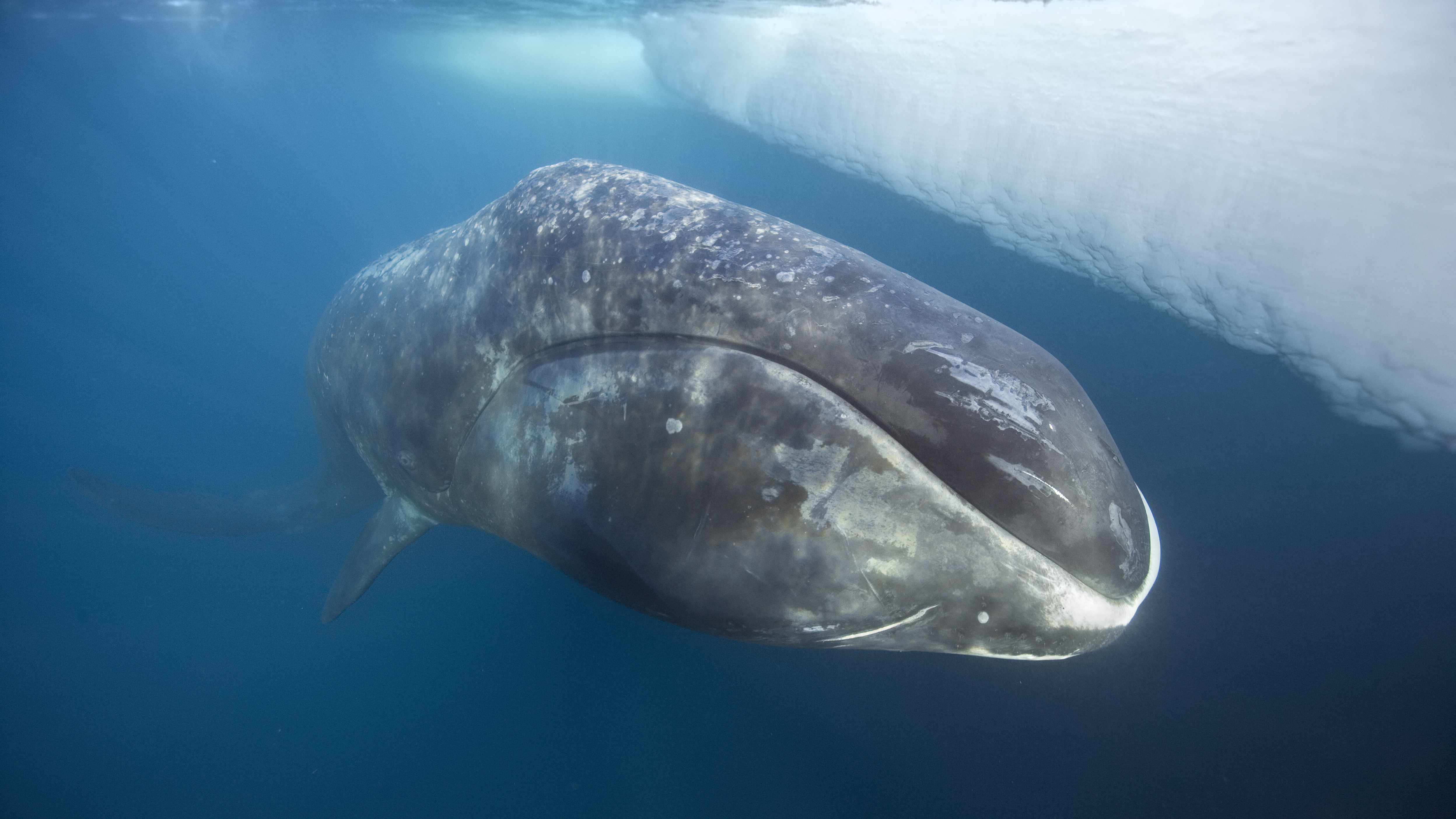Ever wondered which creature holds the crown for the longest living animal on earth? It’s not just about surviving, but thriving against all odds. From ancient oceans to modern ecosystems, this article dives deep into the fascinating world of animals that have mastered the art of longevity. Prepare to be amazed by nature’s most resilient creatures!
When we talk about longevity in the animal kingdom, we’re not just referring to living a long life but also adapting to ever-changing environments. The longest living animal on earth isn’t necessarily the biggest or the strongest—it’s the one that has learned to survive through millions of years of evolution. This article will take you on a journey to uncover the secrets behind these incredible creatures.
From mysterious ocean dwellers to land-based legends, the story of the longest living animal is one of survival, adaptation, and resilience. By the end of this article, you’ll have a newfound appreciation for the wonders of nature and the incredible creatures that call our planet home. So, let’s dive in and explore the fascinating world of longevity in the animal kingdom!
- Fred Gwynne Movies And Tv Shows The Iconic Journey Of A Legendary Actor
- When Nba Was Created The Untold Story Of Basketballs Greatest League
What Makes an Animal the Longest Living on Earth?
Defining what makes an animal the longest living isn’t as straightforward as it seems. Factors like genetics, environment, and lifestyle all play a crucial role. For instance, some animals live long because they’re protected by hard shells, while others owe their longevity to their ability to regenerate. In this section, we’ll break down the key factors that contribute to an animal’s lifespan.
Let’s start with genetics. Some species are simply built to last. Take the Greenland shark, for example. This majestic creature can live up to 500 years, thanks to its slow metabolism and unique genetic makeup. But it’s not just about genes. The environment plays a huge role too. Animals that live in stable, predictable environments tend to live longer than those in harsh, unpredictable ones.
Key Factors Influencing Lifespan
Here’s a quick rundown of the factors that determine an animal’s lifespan:
- Meet Chuck Schumers Wife The Woman Behind The Senator
- Laci Peterson The Untold Story That Keeps Us Guessing
- Genetic makeup: Some animals are naturally programmed to live longer.
- Metabolism: Slower metabolism often equals a longer life.
- Environment: Stable environments promote longevity.
- Adaptability: The ability to adapt to changing conditions is crucial.
Understanding these factors helps us appreciate the complexity of longevity in the animal kingdom. It’s not just about surviving—it’s about thriving in a world that’s constantly changing.
Top Contenders for the Longest Living Animal Title
Now that we’ve covered the basics, let’s meet some of the top contenders for the title of the longest living animal on earth. From ocean giants to tiny mollusks, these creatures have amazed scientists and nature enthusiasts alike with their incredible lifespans. Here’s a closer look at some of the most remarkable examples:
The Greenland Shark: A Living Legend
The Greenland shark is often cited as the longest living vertebrate on the planet. Found in the icy waters of the Arctic and North Atlantic, this shark can live up to 500 years. Its slow metabolism and cold-water habitat contribute to its incredible longevity. Despite its slow-moving nature, the Greenland shark is a formidable predator, feeding on fish, seals, and even reindeer.
The Ocean Quahog Clam: A Tiny Giant
Don’t let its size fool you. The ocean quahog clam, also known as Arctica islandica, is one of the longest living animals on the planet. Some specimens have been found to be over 500 years old. These clams thrive in the cold waters of the North Atlantic, where their slow metabolism and protected lifestyle allow them to live for centuries.
Why Do Some Animals Live Longer Than Others?
The question of why some animals live longer than others has puzzled scientists for decades. While genetics and environment play a significant role, there are other factors at play. For instance, some animals have developed unique survival strategies that allow them to live longer. Let’s explore some of these strategies in more detail.
Regeneration and Healing
Some animals, like the immortal jellyfish, have the ability to regenerate their cells, effectively resetting their biological clock. This unique ability allows them to live indefinitely, as long as they avoid predators and environmental hazards. While the immortal jellyfish may not be the longest living animal in terms of age, its ability to regenerate makes it a fascinating subject of study.
Protection Through Armor
Animals with hard shells or other forms of protection tend to live longer than those without. For example, the ocean quahog clam’s thick shell protects it from predators, allowing it to live for centuries. Similarly, tortoises and turtles owe their longevity in part to their protective shells, which shield them from danger.
How Do Scientists Measure Animal Lifespans?
Measuring the lifespan of animals, especially those that live for hundreds of years, is no easy task. Scientists use a variety of methods to estimate the age of these creatures. Some of these methods include:
- Counting growth rings: Similar to how we count tree rings, scientists can estimate the age of clams and other mollusks by counting growth rings on their shells.
- Radioactive dating: This method involves measuring the decay of radioactive isotopes in the animal’s body to estimate its age.
- Biological markers: Scientists can also use biological markers, such as DNA methylation, to estimate the age of animals.
While these methods are not foolproof, they provide valuable insights into the lifespans of some of the longest living animals on earth.
The Impact of Human Activity on Long-Living Animals
Unfortunately, human activity poses a significant threat to many long-living animals. Overfishing, pollution, and climate change are just a few of the factors that endanger these incredible creatures. For example, the Greenland shark’s habitat is threatened by rising ocean temperatures, while the ocean quahog clam faces threats from overfishing and habitat destruction.
Conservation efforts are crucial to protecting these animals and ensuring their survival for future generations. By raising awareness and taking action, we can help preserve the longest living animals on earth and the ecosystems they call home.
Conservation Efforts in Action
Many organizations and governments are working to protect long-living animals through conservation programs. For instance, the International Union for Conservation of Nature (IUCN) lists the Greenland shark as a species of least concern, but acknowledges the threats it faces from climate change and overfishing. Similarly, efforts are underway to protect the ocean quahog clam and its habitat from overexploitation.
The Role of Long-Living Animals in Ecosystems
Long-living animals play a vital role in maintaining the balance of ecosystems. For example, the Greenland shark helps regulate fish populations, while the ocean quahog clam contributes to the health of marine ecosystems by filtering water and providing food for other species. By understanding the role these animals play, we can better appreciate their importance and the need to protect them.
Keystone Species and Their Importance
Some long-living animals are considered keystone species, meaning they have a disproportionately large impact on their ecosystems. The loss of these species could lead to significant changes in the environment, affecting countless other species. Protecting keystone species is essential for maintaining the health and stability of ecosystems.
What Can We Learn from the Longest Living Animals?
Studying the longest living animals on earth can provide valuable insights into the secrets of longevity. From their unique survival strategies to their ability to adapt to changing environments, these creatures offer a wealth of knowledge that can be applied to human health and longevity. For example, researchers are studying the genetics of long-living animals to gain insights into aging and disease prevention.
Applications in Human Health
The study of long-living animals has already led to breakthroughs in understanding human aging and disease. For instance, researchers have discovered that the Greenland shark’s slow metabolism and unique genetic makeup may hold clues to extending human lifespan. Similarly, the regenerative abilities of the immortal jellyfish could inspire new treatments for degenerative diseases.
Conclusion: Celebrating the Wonders of Longevity
In conclusion, the longest living animal on earth is a testament to the resilience and adaptability of nature. From the majestic Greenland shark to the humble ocean quahog clam, these creatures have mastered the art of survival in some of the most challenging environments on the planet. By studying these animals, we can gain valuable insights into the secrets of longevity and apply them to our own lives.
We invite you to share your thoughts and insights in the comments below. Have you ever encountered one of these incredible creatures in the wild? What do you think we can learn from them? And don’t forget to explore our other articles for more fascinating insights into the natural world!
Table of Contents
- Unveiling the Longest Living Animal on Earth
- What Makes an Animal the Longest Living on Earth?
- Key Factors Influencing Lifespan
- Top Contenders for the Longest Living Animal Title
- The Greenland Shark: A Living Legend
- The Ocean Quahog Clam: A Tiny Giant
- Why Do Some Animals Live Longer Than Others?
- Regeneration and Healing
- Protection Through Armor
- How Do Scientists Measure Animal Lifespans?
- The Impact of Human Activity on Long-Living Animals
- Conservation Efforts in Action
- The Role of Long-Living Animals in Ecosystems
- Keystone Species and Their Importance
- What Can We Learn from the Longest Living Animals?
- Applications in Human Health
- Conclusion: Celebrating the Wonders of Longevity



Detail Author:
- Name : Prof. Zakary Haag Jr.
- Username : hemard
- Email : kkirlin@hotmail.com
- Birthdate : 2000-10-23
- Address : 854 Kasandra Viaduct Suite 774 Dayneton, MD 00451-8699
- Phone : +1 (762) 215-0875
- Company : Daugherty-Koss
- Job : Biological Scientist
- Bio : Quia saepe doloribus ut eius. Omnis occaecati quas occaecati nesciunt. Voluptates non a et sit rerum quibusdam.
Socials
facebook:
- url : https://facebook.com/reyna.cummerata
- username : reyna.cummerata
- bio : Quidem qui aliquam ipsa ut natus quia. Ut sint repudiandae ab et.
- followers : 1200
- following : 2298
instagram:
- url : https://instagram.com/reynacummerata
- username : reynacummerata
- bio : Est ut vel quas qui. Voluptas error quo ea. Qui laboriosam dolor sequi sint.
- followers : 2812
- following : 1455
tiktok:
- url : https://tiktok.com/@reyna8557
- username : reyna8557
- bio : Dicta incidunt quia temporibus velit. Maxime sit dignissimos dolorum dolor.
- followers : 4052
- following : 1500
linkedin:
- url : https://linkedin.com/in/cummeratar
- username : cummeratar
- bio : Aut voluptas dolores quia dolorum aspernatur.
- followers : 6289
- following : 1636
twitter:
- url : https://twitter.com/reyna949
- username : reyna949
- bio : Molestias aut officiis odit laudantium vero velit unde. Et enim et maiores consequatur unde voluptas consectetur labore. Iure eaque iure eum esse repellat.
- followers : 6348
- following : 1643